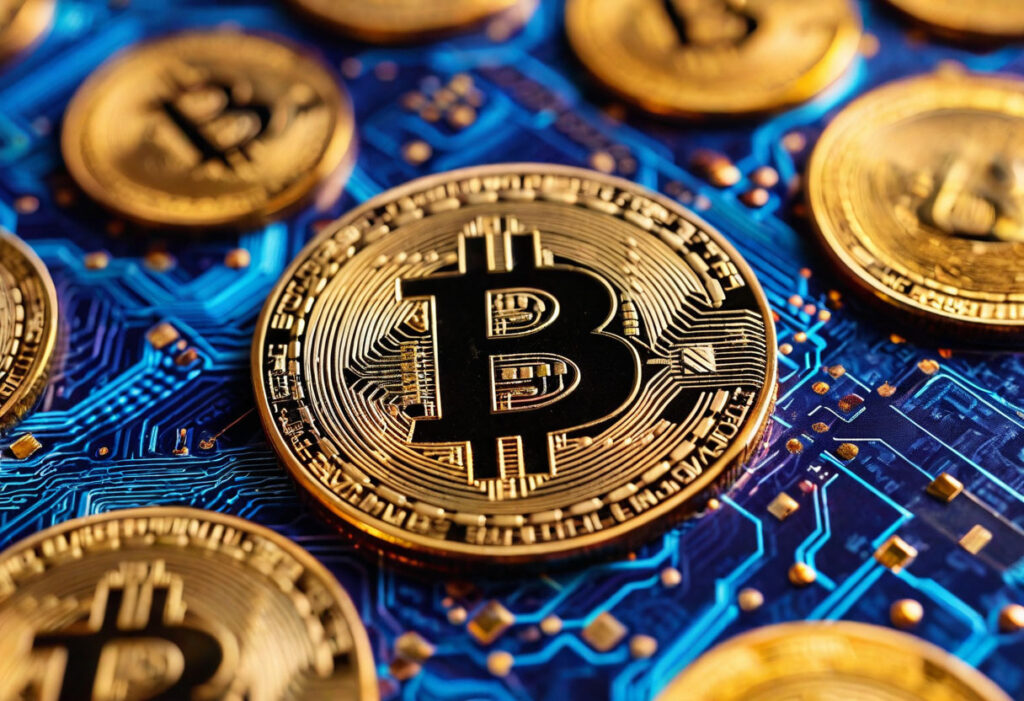The Escalating Challenge of Crypto Laundering and Regulatory Responses
The anonymity and global reach of cryptocurrencies have made them a preferred tool for money laundering and extortion. Highlighting this issue, a recent case involving Iurii Gugnin, who allegedly laundered $530 million through Tether (USDT), showcases the increasing sophistication of crypto-related crimes. According to John Smith, a financial crimes expert, the tracking difficulties presented by stablecoins like USDT necessitate stricter regulations to curb the crypto market’s use for illicit activities.
Stablecoins like USDT are increasingly exploited for money laundering, presenting significant hurdles.
John Smith, financial crimes expert
Experts attribute the rise in crypto crimes to slow regulatory responses, investor fear of missing out (FOMO), and the swift adoption of digital currencies, leading to what is now called a crypto crime supercycle. This has prompted demands for enhanced oversight of stablecoins and transactions to close anti-money laundering (AML) gaps in digital finance.
Strengthening Market Integrity Through Education and Regulation
A more secure crypto ecosystem requires educating users about scam risks and warning signs. Achieving a balance between fostering innovation and implementing essential regulations is crucial for sustainable development. In the U.S., proposed laws seek to alert crypto ATM users, limit transactions for newcomers, and establish mechanisms for fraud refunds, indicating a move towards greater oversight and consumer protection.
Security Breaches Highlight DeFi Vulnerabilities
Recent security incidents, including a $2.5 million breach on Arcadia Finance’s Base blockchain and a $44 million hack at India’s CoinDCX exchange, shed light on the persistent risks within the DeFi sector and the cybersecurity challenges confronting crypto exchanges. These events highlight the importance of comprehensive smart contract audits and enhanced protective measures in the rapidly evolving DeFi landscape.
Implementation timelines for patches can vary significantly.
Howdy Fisher, GreyNoise security analyst
Proactive Measures Against Cyber Threats
The exploitation of the CVE-2025-48927 vulnerability in the TeleMessage app and an uptick in Bitcoin wrench attacks demonstrate the growing complexity of cyber threats. Effective risk mitigation strategies include blocking harmful IP addresses and securing vulnerable endpoints.
Local Regulations as a Model for Crypto ATM Safety
Grosse Pointe Farms, Michigan, has introduced new rules for crypto ATMs to fight fraud, serving as a blueprint for other areas. These regulations, which require operator registration and set transaction caps, are designed to safeguard users, particularly those unfamiliar with cryptocurrencies.
The Competitive Landscape of Bitcoin Mining
A recent achievement by a solo Bitcoin miner, who won a $373,000 block reward, shows that individual success is possible in an industry often dominated by large entities. Yet, the increasing network difficulty and hashrate pose substantial obstacles for miners, regardless of their size.
Enhancing Security in the Crypto Space
Following a $14 million security breach, the WOO X trading platform temporarily halted withdrawals, and the $235 million WazirX hack underscored the urgent need for ongoing security enhancements in the crypto sector. The sophisticated methods employed by cybercriminals call for the latest security measures and the use of hardware wallets for safe storage.
The Rise of Bitcoin Wrench Attacks
By July 2025, incidents of Bitcoin wrench attacks had climbed to 35, driven by Bitcoin’s rising value and widespread misconceptions. This worrying trend underscores the necessity for increased awareness and protective strategies to ensure the safety of individuals involved in cryptocurrency.

